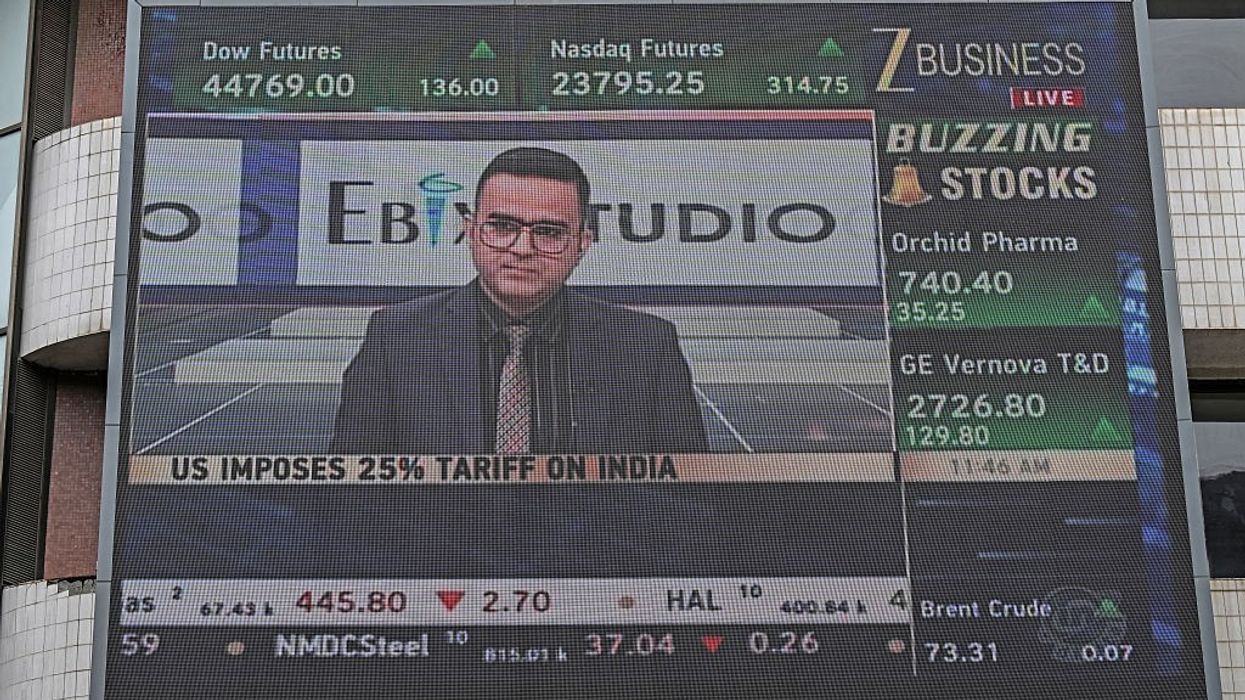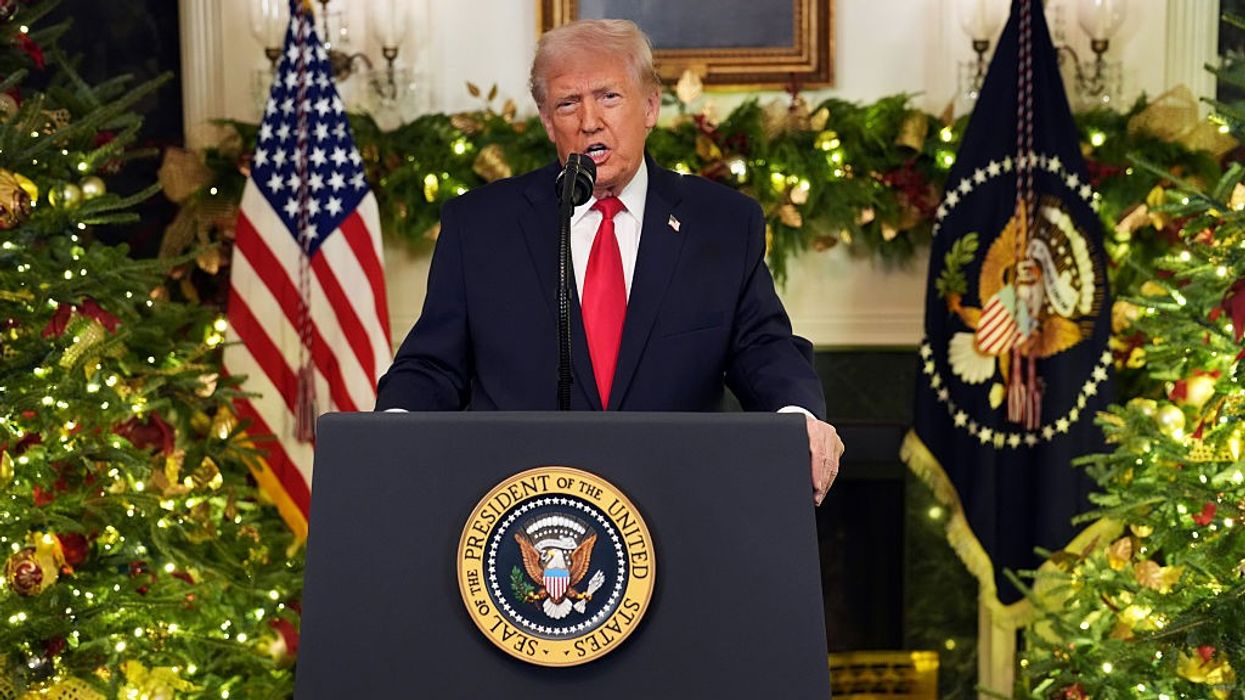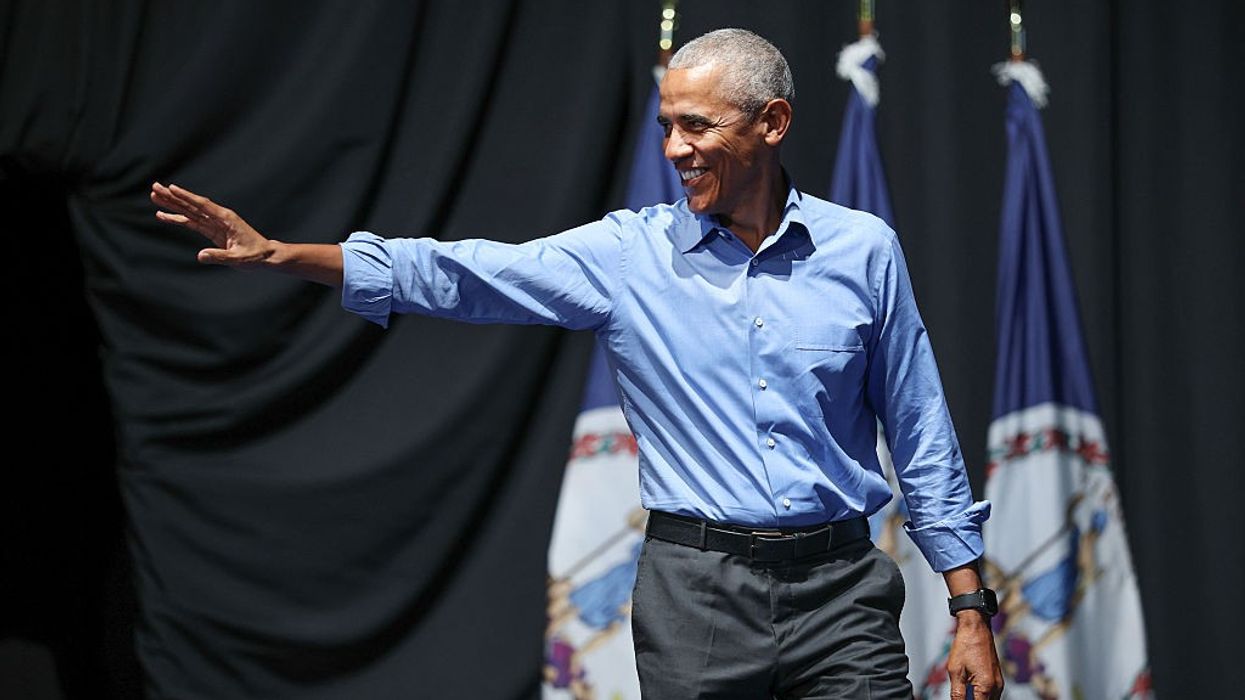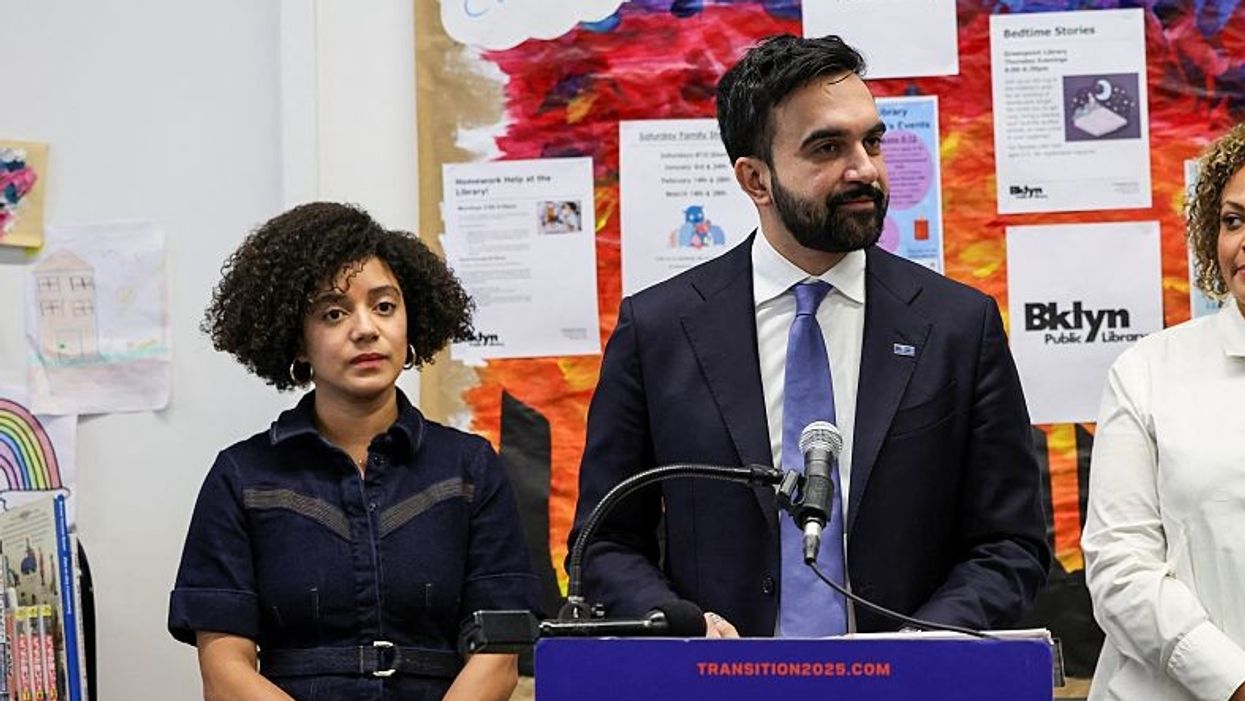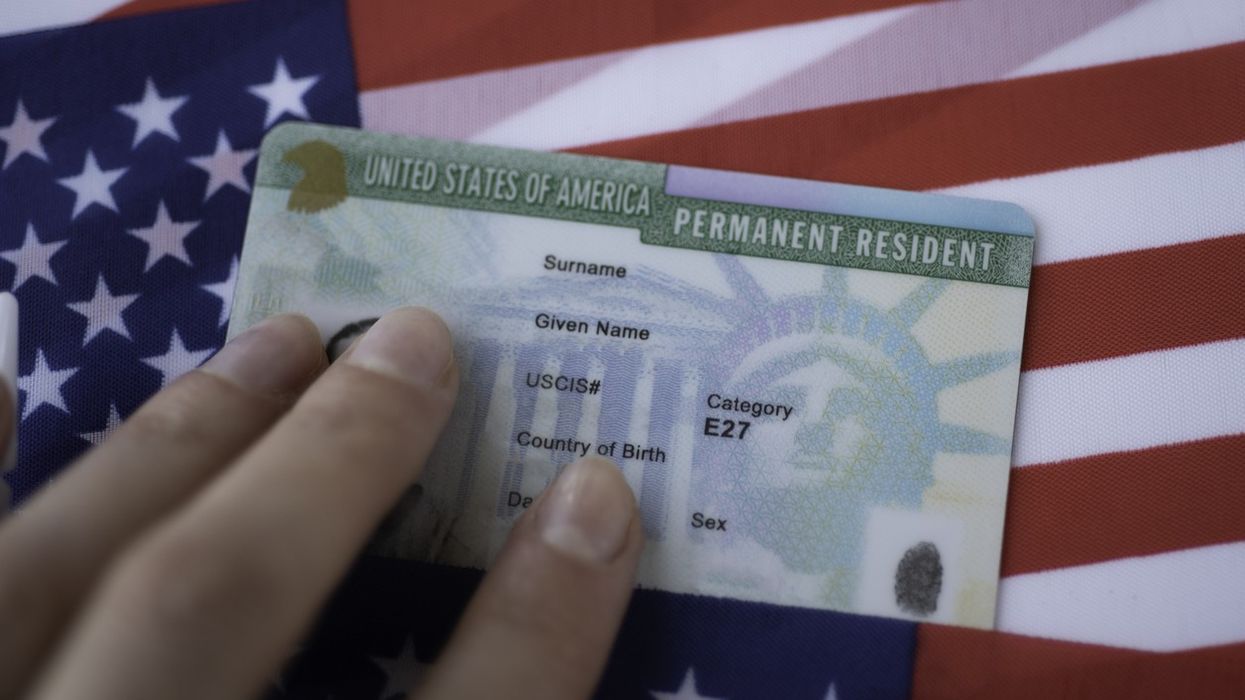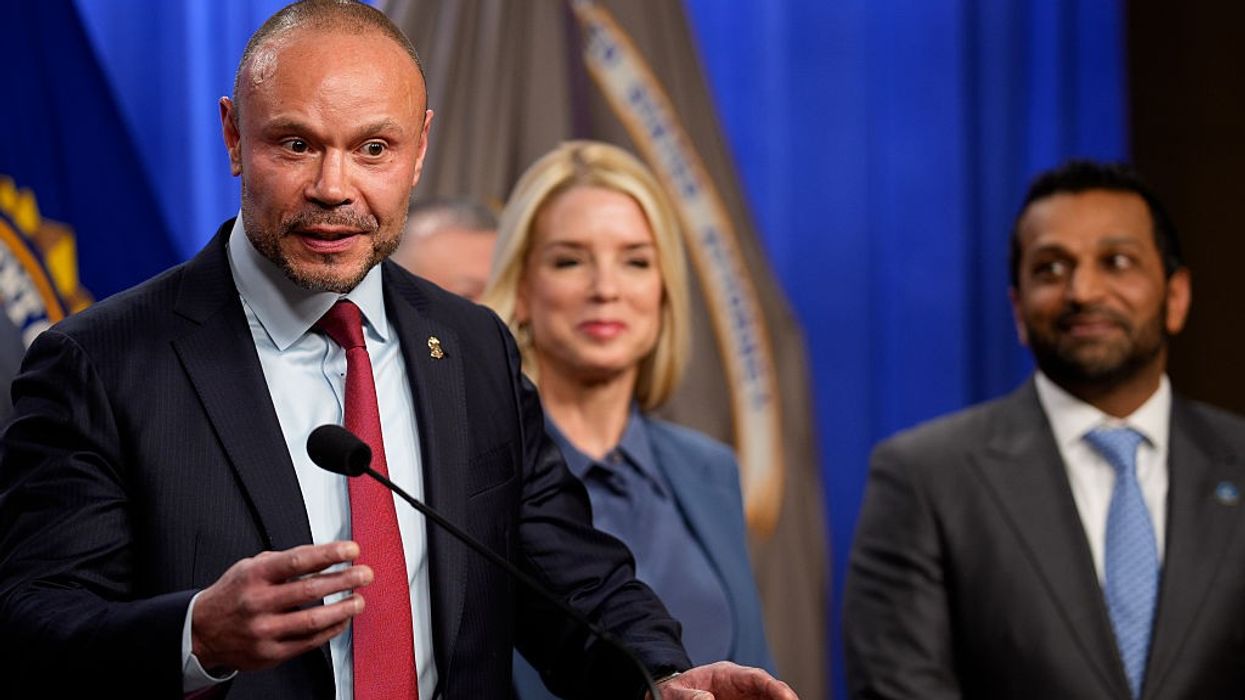US President Donald Trump’s recent decision to impose a 25 per cent tariff on imports from India, coupled with an additional undisclosed penalty for India’s continued trade with Russia, has sent ripples through the Indian economy and cast a shadow over the country’s growth and export prospects.
The announcement—made just days before the tariffs go into effect on 1 August—has sparked concern among economists, exporters, industry leaders, and political commentators, as they assess both the immediate consequences and longer-term implications for Indo-US economic relations.
The tariff and its rationale
The tariffs announced by president Trump are the latest escalation in a series of moves intended to pressure India into reducing its own high import barriers and aligning more closely with US trade and strategic objectives.
Specifically, Trump cited India’s ongoing purchase of Russian oil and military equipment—at a time when the US is calling for global isolation of Russia over the Ukraine conflict—as a reason for the additional penalties now facing Indian exports.
The fine print of these penalties remains unclear, making it difficult to precisely quantify the impact, but experts suggest the measures are likely to be more severe than earlier anticipated.
Economic impact: Exports and GDP growth at risk
Economists agree that these tariffs pose a significant near-term headwind for India’s export-driven sectors. Aditi Nayar, chief economist at the ratings agency Icra, noted that the combined effect of the 25 per cent tariff and the additional penalty was unexpected in its scale and could “pose a headwind to India’s GDP growth.”
Icra has already lowered its GDP forecast for the financial year from 6.5 per cent to 6.2 per cent in anticipation of the tariff’s likely negative effects. Brokerage firm Nomura warned that India’s GDP could shrink by 0.2 per cent purely due to these trade measures—an effect that, while small, is meaningful for a large emerging economy.
The impact on India’s export sectors could be broad and deep. According to trade policy experts, key industries such as pharmaceuticals, marine products, textiles, leather, and automobiles—which have traditionally enjoyed strong demand in the US market—now face higher hurdles.
The tariffs will increase the landed price of Indian goods in the US, making them less competitive when compared to rival suppliers such as Vietnam and China. This is especially concerning since earlier expectations that US tariffs on China would divert supply chains to India are now unlikely to materialize, as the new US-India tariffs put Indian exporters on a similar or weaker footing.
Market reaction and exporter concerns
The Indian stock market reacted immediately, opening lower on the back of Trump’s announcement. Market analysts had expected a deal that would support longer-term US-India strategic aligns, and the tariff news came as a shock.
Exporters now face difficult price negotiations with US buyers: with a 25 per cent duty, end-consumers in the US will see higher prices for Indian goods, which can lower demand. If Indian exporters absorb part of these costs to stay competitive, their profit margins will suffer—a scenario that could squeeze small and medium-sized businesses particularly hard.
Harsha Vardhan Agarwal, president of the industry body FICCI, characterized the US move as “unfortunate” and expressed hope that both countries would only face a temporary bout of high tariffs before a new trade agreement could be negotiated. Dr. Ajay Sahai, who heads a group of Indian exporting organizations, expects that the price burden will need to be renegotiated across nearly all affected sectors.
Political and strategic fallout
Reactions from Indian political parties have been swift and pointed. The opposition Congress party blasted the Modi government, blaming what it called a failed foreign policy and referencing prime minister Modi’s campaign appearance with Trump at the 2019 “Howdy Modi” event in Texas. Congress leaders argued that Modi’s personal diplomacy had not shielded India from Trump’s tough trade measures, calling the tariffs “a catastrophic failure of foreign policy.”
Trade experts also warn that Trump’s explicit linkage between trade penalties and India’s economic relationship with Russia has further complicated the bilateral negotiations. Mark Linscott, of the US-India Strategic Partnership Forum, noted that these new demands bring previously separate issues—such as energy purchases and military ties—into the trade talks, muddling prospects for a near-term agreement.
Prospects for negotiation and recovery
Despite the tension, both governments have kept channels of communication open. India’s commerce ministry has stated that it is studying the implications of the US move while reaffirming its commitment to a balanced deal that protects farmers, entrepreneurs, and small businesses.
A US delegation is expected in Delhi in August to continue discussions, with both sides aiming for a long-term deal by the fall. Industry experts and analysts hope the punitive tariffs are only temporary but caution that even a new deal may leave India facing tariffs in the 15–20 per cent range.
While India is less reliant on exports than some of its Asian peers, the tariffs will still erode competitiveness in crucial sectors and may lead the central bank to consider monetary easing to counteract the growth drag. Experts believe the government must now focus on protecting vulnerable industries and accelerating domestic reforms to retain its export momentum.
Trump’s tariff crackdown represents a significant setback for India’s trade ambitions and immediate economic outlook. With critical sectors under pressure and ongoing uncertainty over the scope of additional penalties, the coming months will test India’s diplomatic resolve and economic resilience.
Negotiations are likely to intensify as both countries seek to protect their own interests while preserving a critical strategic partnership. The hope remains that a trade accord can be reached that rolls back the harshest measures and restores confidence among exporters and investors on both sides.
